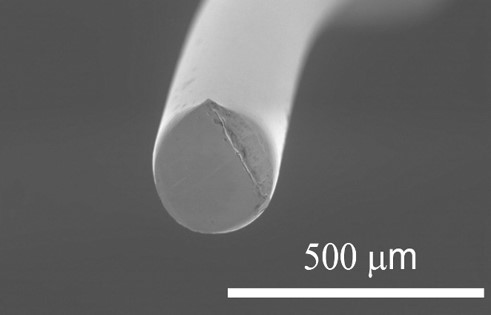
We are proud to announce that the start of the 1D-NEON Webinar series was a success!
The 1st webinar titled ‘Functional Fibre Materials and initial insights in components’ was provided by 1D-NEON partners Solvay Specialty Polymers Italy and CeNTI on 25th September 2017 and 47 attendees from 6 different countries registered.
Thank you to our Organizing Partners Solvay Specialty Polymers Italy and CeNTI for such an interesting event and YOU for attending!
The webinar presentation is now available to all attendees for download bellow. To access the pdf file please use the password that was provided to you after the event.
Title: Functional Fibre Materials and initial insights in components
This course will provide thorough insight on functional materials and fibres that allow the production of components which are at the basis of the 1D-NEON project development.
Development of new electroactive materials and their integration into and onto textile structures for sensing and energy harvesting applications has been a common topic of research for the past decade, mainly by direct integration (or encapsulation) of sensing devices onto textile substrates of garments and other textile products. One of the new research trends for the integration of sensor-actuator systems onto/into textile applications is the development of fibre-based devices, using fibre or yarn processing methods to develop a typical multilayer device. Using the right materials combined with processing technologies such a bi and tri component extrusion allows the processing of electrically active layers directly from spinning processes.
In this course it will be presented the development of electroactive materials and fibre based structures. The aim is to incorporate electroactive properties directly onto the fibre and yarn structures by processing piezoelectric fibres and yarns to replace conventional bulk electronic devices. Our developments were focused on the study of electroactive polymeric materials and fibre processing parameters of bi- and tri-component melt spinning technology using coaxially combined with conductive polymeric compounds in the fibre cross-section. The microstructure and crystalline structure of the processed polymers was studied as function of the processing conditions, along with the thermal and electrical/dielectric properties of the processed fibres.
The course content includes:
- Introduction to electrical properties of polymers
- Piezoelectricity of polymeric based materials
- Processing of piezoelectric fibres effect
- Piezoelectric phase calculation
- Contacting of piezoelectric fibres: approaches to be addressed
- Fibres activation - Polarization approaches